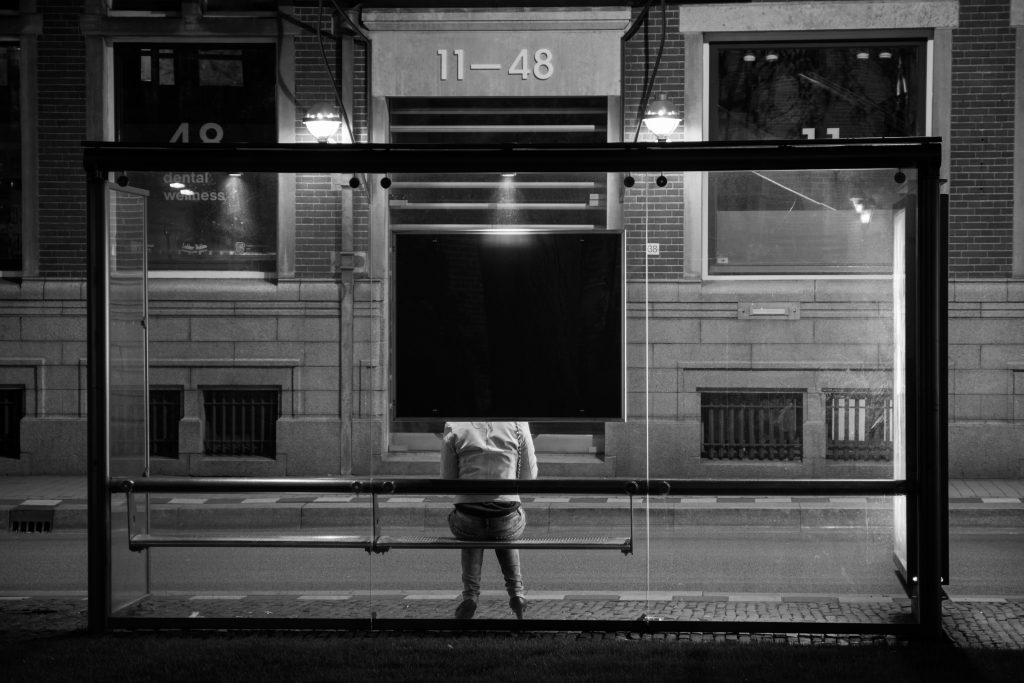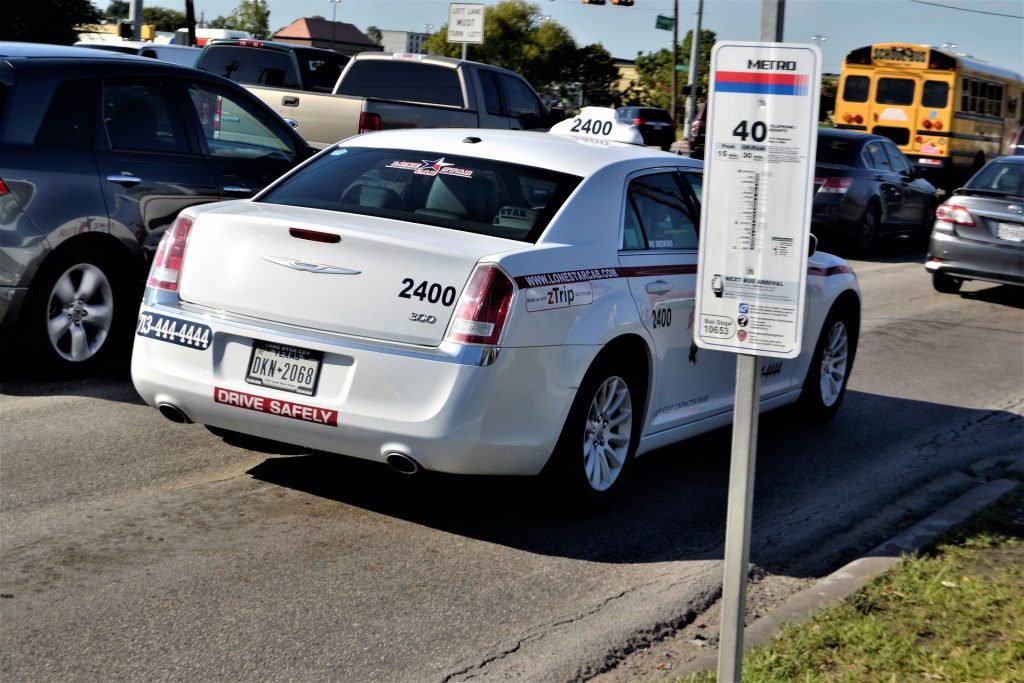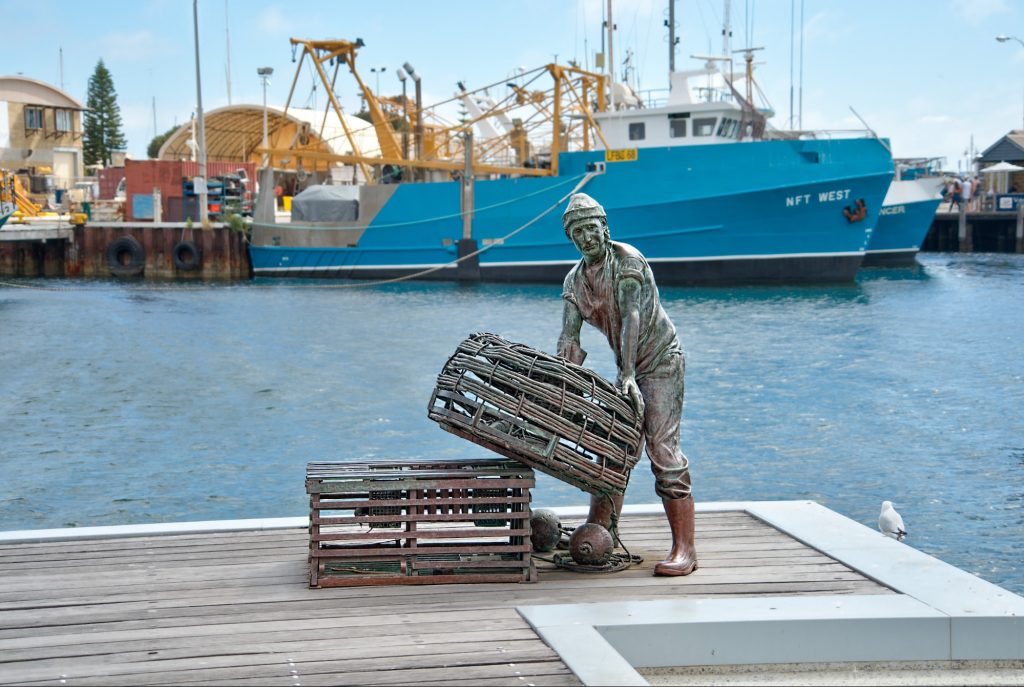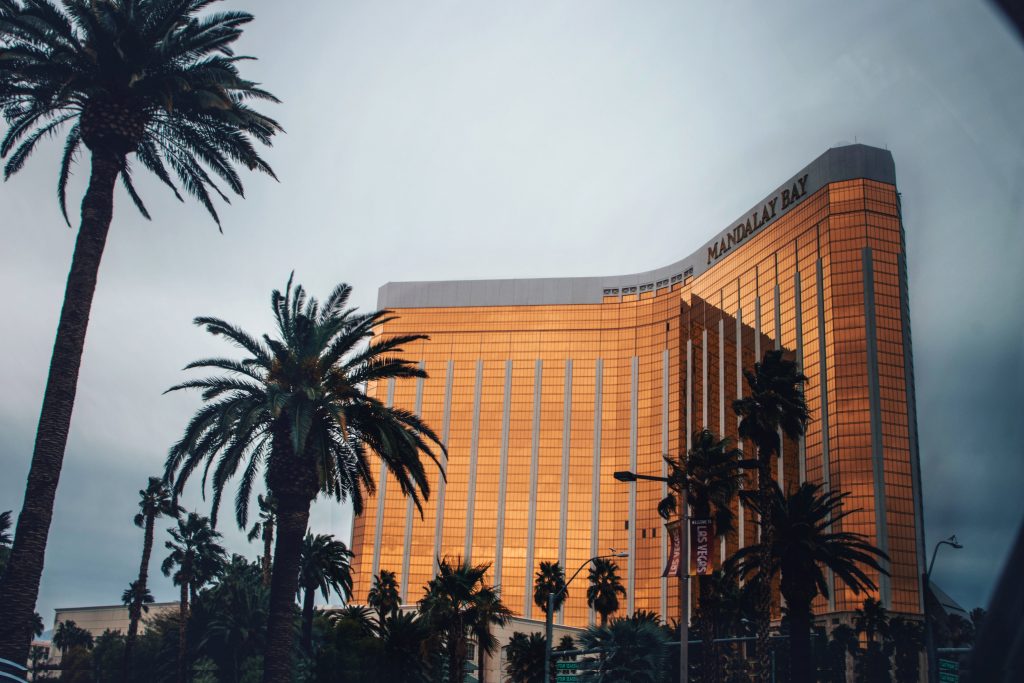 Navigating a lawsuit is a difficult task. Not only do you have to prove the merits of the case, but you also have to navigate the judicial system’s complex procedural requirements. Even if your case seems likely to succeed on the merits, failure to comply with procedural requirements can leave you without recourse.
Navigating a lawsuit is a difficult task. Not only do you have to prove the merits of the case, but you also have to navigate the judicial system’s complex procedural requirements. Even if your case seems likely to succeed on the merits, failure to comply with procedural requirements can leave you without recourse.
On March 22, 2001, the Meladines’ boat struck an unknown object submerged at Lake Hermitage while they were fishing in the early morning. In 2002, the Meladines sued six companies in a lawsuit for personal injuries. In the lawsuit, the Meladines alleged that the companies were the owners and/or operators of oil and gas platforms and pipelines located in the Lake Hermitage area. The Meladines alleged that their boat collided with what seemed to be an unmarked, old gas pipeline. They alleged that the defendants had failed to adequately mark or maintain the pipeline or warn of its potential harm. All six of the defendants denied having any ownership interest or control of the object that struck the plaintiffs’ boat.
Over the next three years, the plaintiffs dismissed the claims they had brought against all the defendants except Stone Energy and Chevron USA. In 2007, the plaintiffs added Jefferson Lake and Plaquemines Parish Government (“PPG”) as defendants. A year later, Jefferson Lake filed an exception of prescription because it had not been renamed as a defendant until over six years since the accident. Jefferson Lake also argued that prescription was inappropriate because there was no solidary liability between Jefferson Lake and any original defendants. The case then proceeded to trial.
 Louisiana Personal Injury Lawyer Blog
Louisiana Personal Injury Lawyer Blog


 Car accidents are always stressful, even if they are minor accidents and no one gets hurt. However, when you have multiple accidents within moments of each other and someone is seriously injured, or killed, things turn serious. And when things turn serious, you will want an experienced attorney at your side.
Car accidents are always stressful, even if they are minor accidents and no one gets hurt. However, when you have multiple accidents within moments of each other and someone is seriously injured, or killed, things turn serious. And when things turn serious, you will want an experienced attorney at your side. No one likes running errands – especially when you experience bad customer service. However, when bad customer service possibly leads to an assault, how liable is the company? This is a question the Court of Appeal Fourth Circuit of the State of Louisiana recently answered.
No one likes running errands – especially when you experience bad customer service. However, when bad customer service possibly leads to an assault, how liable is the company? This is a question the Court of Appeal Fourth Circuit of the State of Louisiana recently answered. When an unexpected accident occurs, it can be difficult to pinpoint exactly who is responsible for the injury. In the absence of direct evidence of a violation of a duty, the existence of multiple possible parties who might be responsible can preclude recovery.
When an unexpected accident occurs, it can be difficult to pinpoint exactly who is responsible for the injury. In the absence of direct evidence of a violation of a duty, the existence of multiple possible parties who might be responsible can preclude recovery.  The doctrine of peremption can prevent someone from bringing legal action against someone should that action be brought after a certain amount of time. Peremption is a period of time fixed by law for the existence of a right.
The doctrine of peremption can prevent someone from bringing legal action against someone should that action be brought after a certain amount of time. Peremption is a period of time fixed by law for the existence of a right. Can a store, like Lowe’s or Home Depot, be held liable for injuries resulting from the sale of the wrong part or product? In Ms. Johnson’s case, the answer was no. Sharon Johnson’s lawn mower needed a new spark plug, so she went to the Lowe’s in Shreveport to find one. Because Ms. Johnson was unsure about the type of spark plug she needed, she asked a sales associate to help her. The sales associate researched the spark plug that she needed, she purchased it, and returned home to install the part.
Can a store, like Lowe’s or Home Depot, be held liable for injuries resulting from the sale of the wrong part or product? In Ms. Johnson’s case, the answer was no. Sharon Johnson’s lawn mower needed a new spark plug, so she went to the Lowe’s in Shreveport to find one. Because Ms. Johnson was unsure about the type of spark plug she needed, she asked a sales associate to help her. The sales associate researched the spark plug that she needed, she purchased it, and returned home to install the part. Trials are decided solely upon the evidence presented. A judge cannot read a book on the subject, or do extraneous research on the internet, to aid her decision-making process. In this case, the Defendant claimed that the judge did just that, by calling a city official to confirm some data. The appellate court thought otherwise. So, what do you do when you feel as if the Judge made a decision unfairly?
Trials are decided solely upon the evidence presented. A judge cannot read a book on the subject, or do extraneous research on the internet, to aid her decision-making process. In this case, the Defendant claimed that the judge did just that, by calling a city official to confirm some data. The appellate court thought otherwise. So, what do you do when you feel as if the Judge made a decision unfairly? Ms. Sayre was a guest at the L’Auberge Casino Resort in Lake Charles when she tripped and fell while walking in front of the hotel restaurant. Based on the video footage of the accident, there were witnesses to the slip and fall; however, the hotel failed to document anything or take statements from any of the witnesses. Ms. Sayre reported a sticky substance on the floor, and subsequently suffered injuries to her knee, hand, neck, and abdomen. Later, Ms. Sayre learned she also had three fractured ribs and a full rotator cuff tear that would require surgery. So, what happens if you slip and fall in a restaurant?
Ms. Sayre was a guest at the L’Auberge Casino Resort in Lake Charles when she tripped and fell while walking in front of the hotel restaurant. Based on the video footage of the accident, there were witnesses to the slip and fall; however, the hotel failed to document anything or take statements from any of the witnesses. Ms. Sayre reported a sticky substance on the floor, and subsequently suffered injuries to her knee, hand, neck, and abdomen. Later, Ms. Sayre learned she also had three fractured ribs and a full rotator cuff tear that would require surgery. So, what happens if you slip and fall in a restaurant? Workers’ compensation exists to aid employees who suffer injuries while on the job. However, companies can sometimes be uncooperative after their employees become injured by dodging responsibility and avoiding making payments. Despite these difficulties, a case backed by strong evidence can help injured employees receive the compensation they deserve. How can you get the workers compensation you deserve when your employer is avoiding payment?
Workers’ compensation exists to aid employees who suffer injuries while on the job. However, companies can sometimes be uncooperative after their employees become injured by dodging responsibility and avoiding making payments. Despite these difficulties, a case backed by strong evidence can help injured employees receive the compensation they deserve. How can you get the workers compensation you deserve when your employer is avoiding payment?